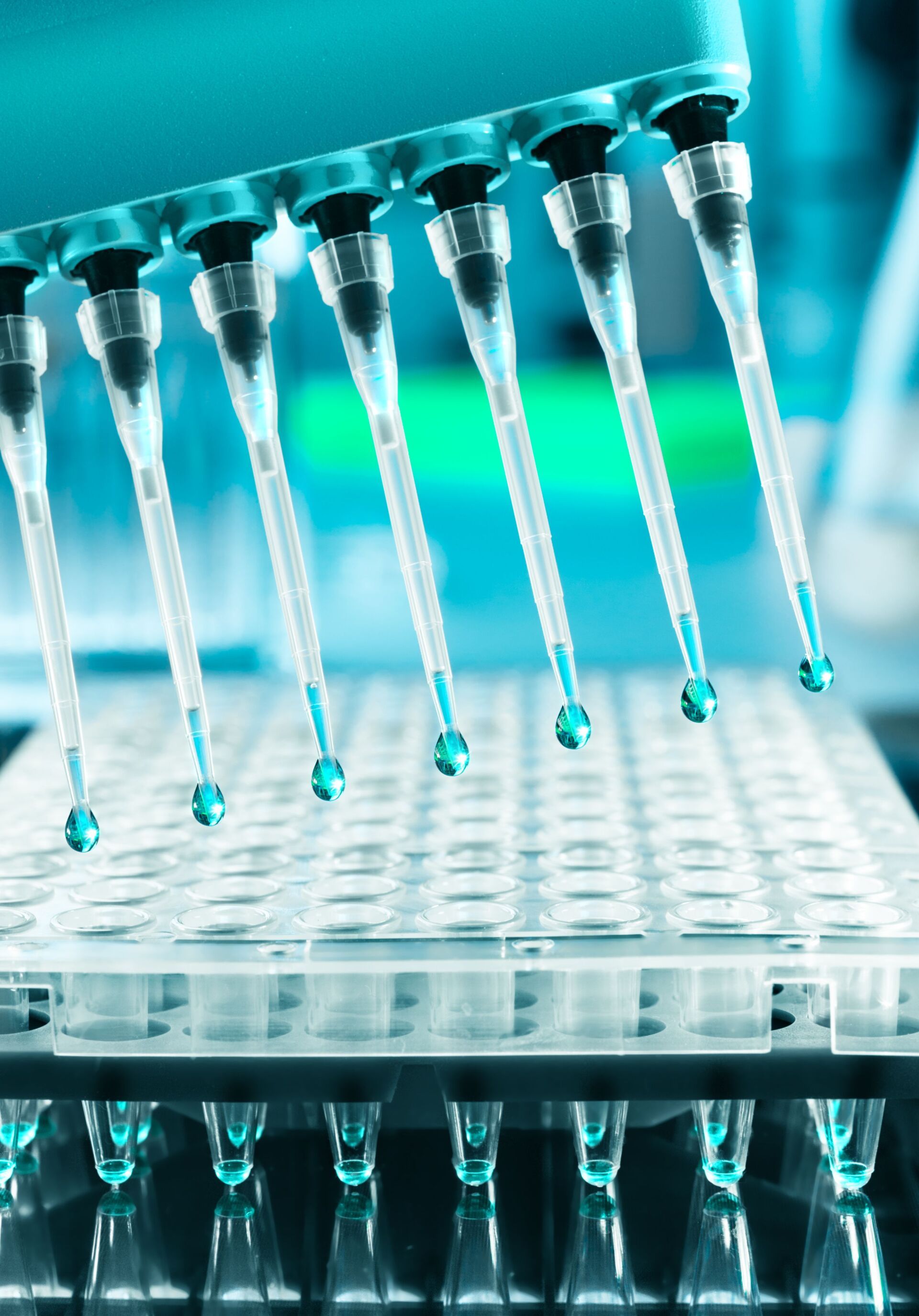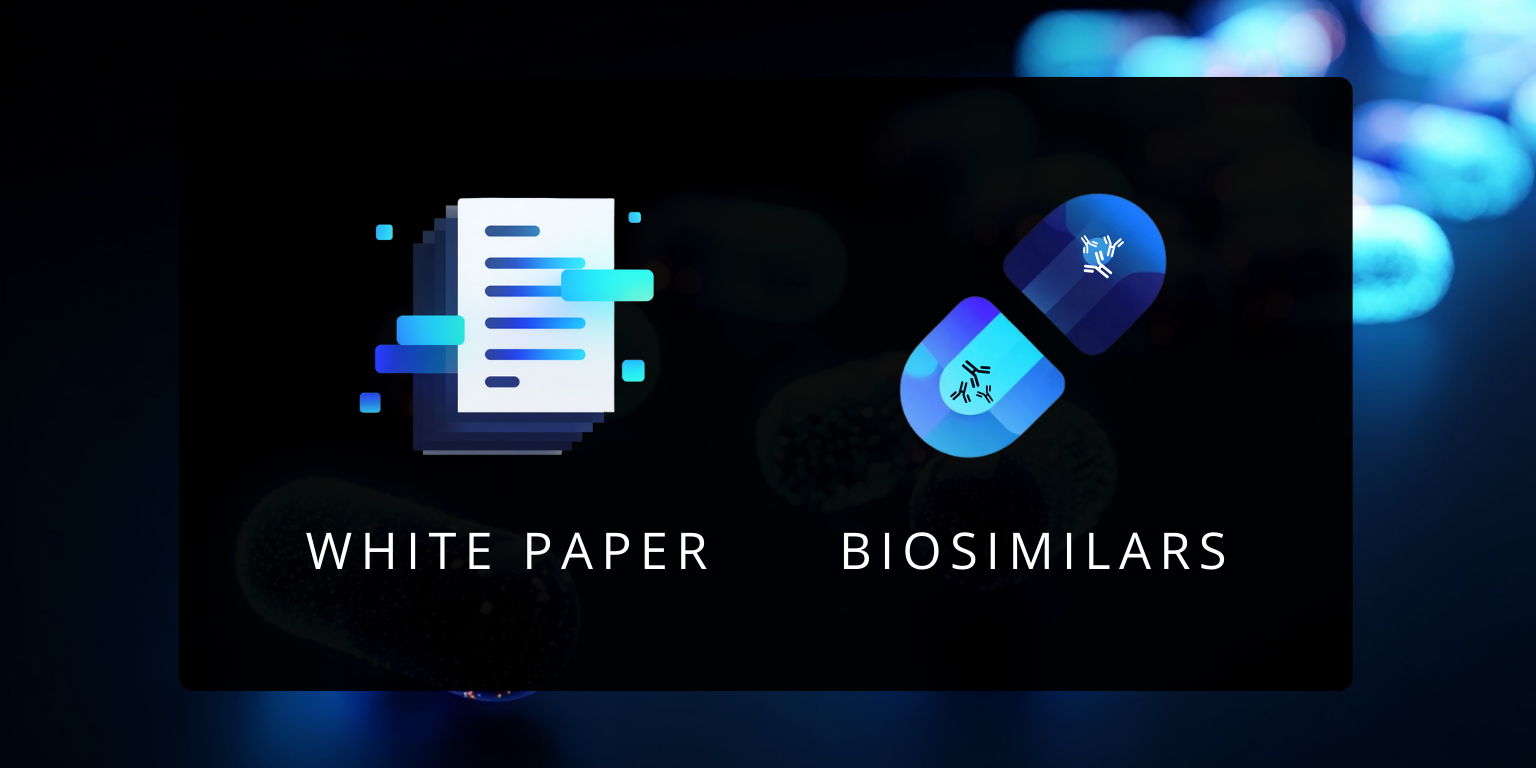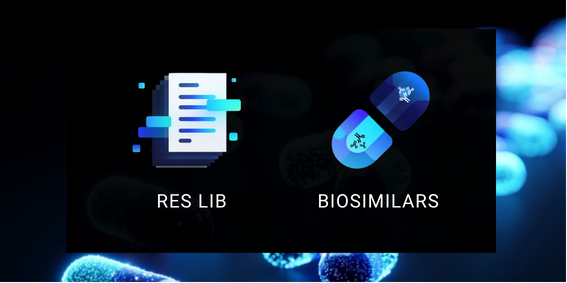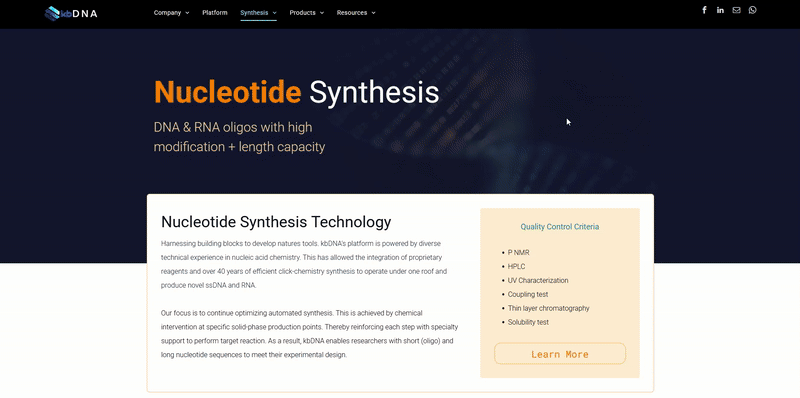Oligos: How the Lego Pieces of DNA Are Shaping Research

Oligos: How the Lego Pieces of DNA Are Shaping Research
ssDNA, siRNA, gRNA, LNA, BNA; the list goes on.
What were once conceptual niches, derived from the principles of nucleic acid (NA) chemistry have now standardized into our everyday experiments and methodologies.
Oligonucleotides (or oligos) in particular; after see-sawing in research for almost 60 years, had a breakout season last year. The explosion of CHIP-based ventures fueled the race in diagnostics. Refined assembly of gene fragments and library pools is expanding commercial synthesis with more alternative services.
No news compares to drug news, however, and the approval of Alnylam's ONPATTRO™ (patisiran) in the final months was the icing on the 2018 cake. Patisiran's approval served as more than therapeutic innovation in rare diseases. It provided key validation for researchers who were championing antisense technology, in addition to demonstrating the potential of therapeutic oligonucleotides.
In other words, oligonucleotides may have stood a running chance in beating CRISPR in the 2018 headlines. Assuming that is even possible, it wasn't entirely necessary. Recent achievements with oligos have already begun to change the landscape of biomedical research by rekindling the flame between research biologists and biochemists. This is made evident by increasingly interdisciplinary trends, such as the incorporation of biochemists in traditionally molecular laboratories and the demand for shared topics at conferences.
All of this amounts to greater promise for new discovery (ex. pathway analysis), innovative tools (ex. biosensors, nanotechnology) and pipeline medicine (ex. novel drug delivery, effective companion diagnostics). As always with research; results are still in progress and dependent upon downstream outcomes.
The persistence of pioneers like Alnylam, Arrowhead, Ionis, Bluebird and many others helped drive the therapeutic applications of oligos. They also helped ignite material innovations from the supply and manufacturing sector. As the genomic sequencing boom increased demand for efficient oligos, new manufacturing platforms responded with rapid turn-around time and lower cost for the development of custom DNA oligos. In contrast, the therapeutic revolution has been moving at a much slower pace, and with more limited capabilities.
These limitations are starting to give way to improvements with building block reagents, which are crucial to the manufacturing process. Chemical optimization of these synthesis reagents and click chemistry methods are helping to enhance overall production capabilities and enabling labs to achieve more challenging sequence designs. This has helped exceed limitations in yield, stability, and purity. Chemical innovations are proving essential to the progress in developing RNA oligos and RNA technology.
It's safe to say the seeds of NA chemistry have begun to bud, and we can expect a future bloom that goes beyond oligos. The recent progress with nucleic acids is a positive indicator of how much our knowledge of the science has advanced, and it bodes well for our capabilities with handling small (or short) sequence oligomers in the lab.
Oligos continue to integrate into ever more applications with newer innovations on the horizon. This includes the rebirth of peptide nucleic acids (PNA), improved modifications for sensitive transfection/drug delivery, nucleic acid-antibody labeling and of course... more sequencing devices. As previously mentioned, synthesis manufacturing must keep pace with ever-increasing creative demand, and both sectors must run parallel with innovation. This requires both sectors to know what they're moving toward.
Genomic sequencing technology helped validate the way we
read
and analyze. We believe synthesis technology will lead to validating how we write and build life's genetic material. In order to support that vision, it is important to continue bridging the gaps between the various disciplines and technologies that are involved.
This means integrating data and biological science into a unified system (calculated biosimulation). It entails the collaboration of biochemistry and nanophysics to build process solutions. It means the software and computational biology must provide tools that allow researchers to correctly build their sequences, short and long; binary-to-bioreagent.
Oligonucleotides will always be the originals of NA chemistry - the ones that started it all. But there will be many more NA acronyms added to the list as we progress, and it's time to start looking beyond Oligos!
I for one, am excited to contribute to this process and to see where it takes us.















